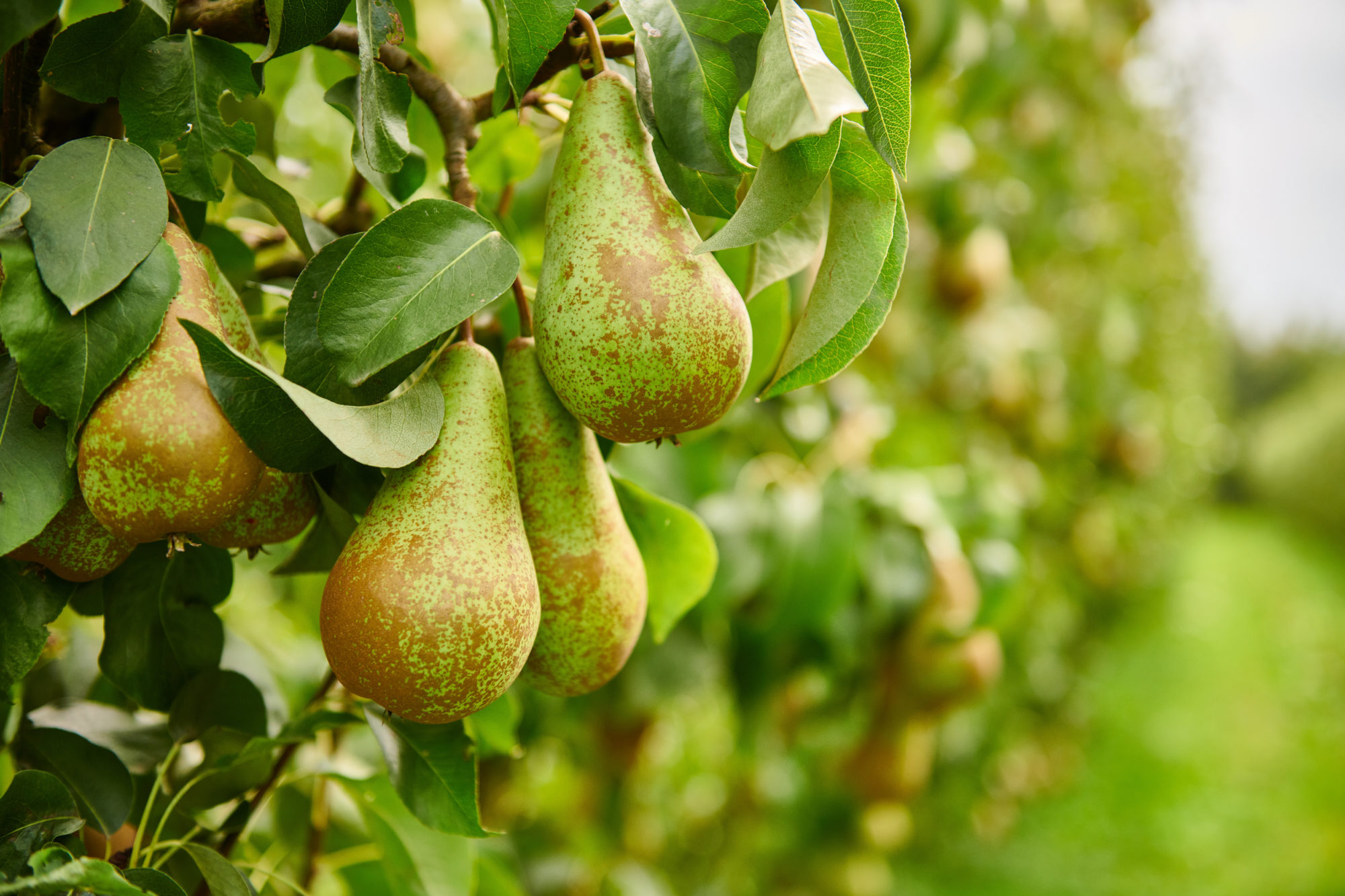Natural defenses through jasmonic acid and salicylic acid
The natural defense system of plants is genetically determined property. Partly due to the production and breakdown of jasmonic acid and salicylic acid, plants have the ability to keep out fungi and insects.
The resilience of plants consists of at least two known routes: the jasmonic acid route and the salicylic acid route. If one can activate these intrinsically present mechanisms, the resistance of plants increases to such an extent that they keep out fungi and insects by themselves. Because it is precisely in this way that plants have gone through an evolution of 450 million years.
